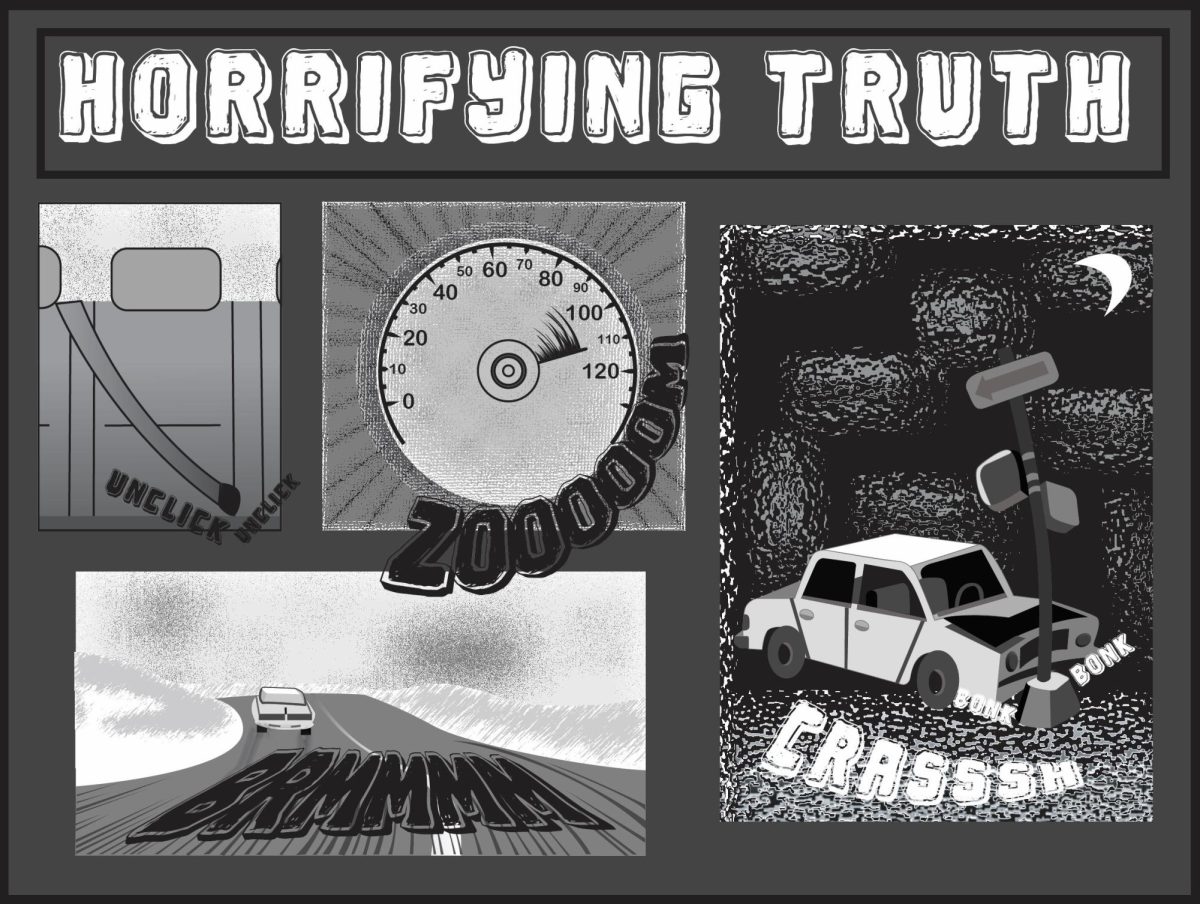Whether it is a small local high school in the middle of nowhere, becoming unrecognizable by the dazzling Friday Night Lights, or a massive stadium in the center of a big city with fans decked out in team colors, these two completely different settings both share one thing in common: The ability to compel people to look past their differences and come together for a shared love of football this past year. Our country has never been more divided, and, in turn, football’s ability to strengthen relationships between people has never been more apparent. Our country needs a sense of community. Our country needs football.
In many smaller towns, football reigns as the sport that draws in the biggest crowd, the most school spirit, and the most excitement. Football games become more than just a game: they become social events that allow people of all ages, races, and statuses to come together in support of their team. High schools from across the country have many different cultures, but almost all can find shared experiences in their school football: tailgates, a halftime show, homecoming spirit days are all events that thousands of high schools across the country participate in. Homecoming in particular is an event with a rich history, first stemming from alumni events in colleges. Eventually, Illinois high schools took notice of this until it began to spread nationwide. According to History Tools, “By the 1930s over 40% of high school leaders surveyed said homecoming was among their most anticipated and well-attended annual events.” During homecoming, students dress up in their school colors and participate in an array of fun events to promote excitement surrounding the event and enhance school spirit. IHS, for example, participates in a powder toss during halftime in which students throw powder dyed in school colors into the air until the packed stands are covered in our school’s purple and gold. The community bonding that occurs during football games is not limited to the fans. IHS varsity football player Chase Hanson shares that “90% of my friends are from football…it’s had a huge impact on my relationships.” In small towns, high school football can do more than just provide a fun Friday event: it also plays a huge role in the school’s economy. According to a blog by Xtreme football fans, “Local businesses benefit from the increased traffic during game days, and the sport can generate revenue for schools.” This exemplifies the fact that high school football’s importance goes beyond just game day, but that allows schools to create a better environment for their students in the long run. This is why a huge majority of every high school’s budget is allocated to football: it provides the best return on investment for the school.
Along with promoting community in high schools and communities, football has been a gateway to uniting America on a larger scale, with comradery and competition creating a commonality between many living in a big city with a football team. On gamedays, streets come to life with fans decked out in their team’s colors, wearing face paint, or bringing signs to support their favorite players. The National Football League has played such a huge role in shaping America’s culture, it is difficult to imagine that 100 years ago, football was nothing like it is today. But, until professional football’s takeoff in 1966 with the merging of the National Football League and competing American Football League, according to ESPN, “Playing professional football… did not come with the prestige, celebrity and prosperity synonymous with the stars who shape the modern game.” Now, the NFL plays a major role in the economy reflecting its tremendous popularity and influence. According to CBS, “each of the 32 teams in the NFL received $432.6 million in revenue in the 2024 fiscal year.” The exponential increase in popularity of football over the past 100 years has led to football players gaining power over America.
Despite its clear importance, many remain unaware of the sheer cultural impact football has. Professional football players become social ambassadors often with a major social media presence, and the NFL itself supports campaigns against bullying and racism. Not many can question why football is such a fun sport to watch. It invites people from all backgrounds to come together, grab some delicious food, and watch a dramatic, high-stakes competition. Looking deeper, past the economic and cultural impacts of football, professional football allows a space for people to find a similarity outside of political beliefs, status, and race. Having a common interest with someone promotes friendship and bonding. Rivalries, in particular, can be one of the biggest uniting factors for fans. Intense matchup games are often rooted in tradition, creating a shared experience for all fans whether they are sitting in an electric, colorful stadium or at home having a watch party with friends.
Overall, the importance of football goes beyond money and fun. Football plays such a huge role in American culture that it has become an embodiment of some of its greatest aspects. So, whether it is an up and coming high schooler who just made the game winning touchdown in front of his whole towns cheers, or an NFL team covered in their team’s confetti scoring a spot in the Superbowl for the first time in 25 years, football has created an environment so lively and inviting that fans and nonfans alike should have an overwhelming appreciation for what the sport has brought to America.








